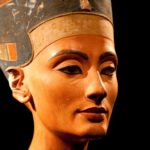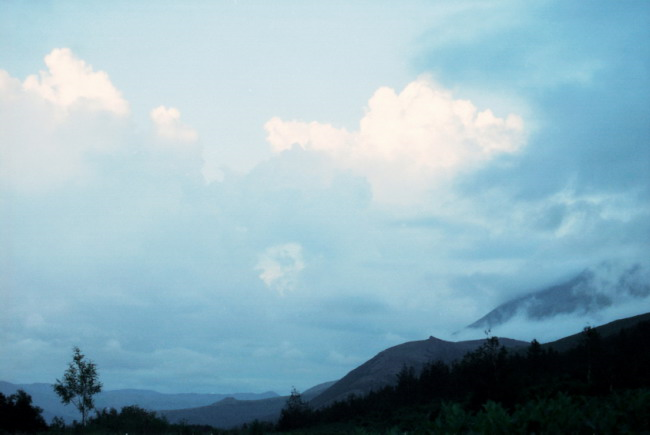When photographing in fog or in the presence of air haze, you work in the lowest contrast conditions and usually, if there is no sun at all, with an excessive blue tone of lighting. Under these conditions, it is necessary to introduce into the image some particularly bright, attention-grabbing object in the foreground. It can be a red object or a person wearing red. Better yet, it should be real light: street lights or car headlights in urban subjects, or the sun just peeking through the fog in more traditional landscapes. When the sun is high in the sky, through the fog it appears as a pale yellow, almost white disk; when it drops lower, the fog is illuminated by the color tone inherent in the sun, giving the whole picture an overall warm color, reminiscent of sepia in color.
Fog and airy haze allow you to reduce the picture to simple compositional elements. They cover the background, which under normal conditions can be hectic, and since the camera does not “see” particularly far, they make it possible to use only one or two objects in the composition. Try to find the area near the hill on foggy days, as there will be uneven visibility at different altitudes. You can be in dense fog at the foot of the hill, and at its top, the sun will shine brightly in a clear sky; between these two positions, you will surely find the conditions that are most suitable for your intended plot. Indeed, there is an almost magical border in the middle between these two extreme positions, where the sun is just beginning to overcome the fog. At the top of the hill, remember to look around and look down. Here the sun will shine brightly in the clear blue sky; and below you from the sea of fog, like thousands of tiny islets, the tops of trees and roofs of houses will protrude.
In the early morning, fog often rises from the water’s surface, and this scene is best photographed in not very strong backlighting to emphasize its features. Conversely, in the evening, fog can appear literally rolling down the slopes of steep hills or mountains, providing the landscape photographer with yet another unusual subject to shoot.
When in doubt about exposure, expose by the brightness of the highlights. A little overexposure will help a little “penetrate” through the fog, but be careful not to overdo it: too much exposure can completely erase the specific picture created by the fog. When photographing subjects whose exposure is questionable, an exposure count by measuring the brightness of the palm or the back of your hand can be a good reference. This value should be taken into the exposure bracket half a stop of the aperture scale in each direction.












More Stories
Moonlight
Twilight photography
Photography at night